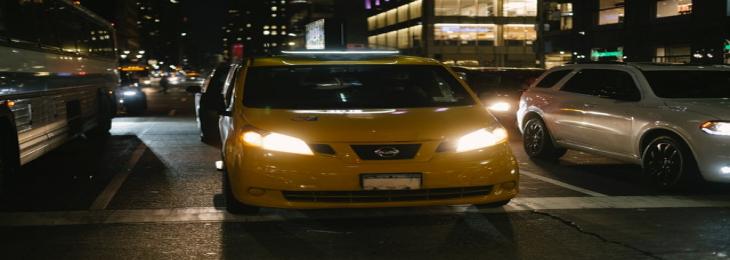Nov, 2020 - By WMR

Researchers at the Massachusetts Institute of Technology (MIT) developed a new lane-change algorithm for driverless cars.
By calculating buffer zones around the other vehicles in the environment, collisions of autonomous vehicles can be avoided. The buffer zones describe the vehicles' current positions and their likely future positions within some time frame. Planning lane changes then becomes a matter of simply staying out of other vehicles' buffer zones.
For any given method of computing buffer zones, algorithm designers must prove that it guarantees collision avoidance, within the context of the mathematical model used to describe traffic patterns. As this can be complex, the optimal buffer zones have to be computed in advance. Then, during the operation, the autonomous vehicle has to call up the precomputed buffer zones that correspond to its situation. One disadvantage of precomputed buffer zones is that if traffic is fast enough and dense enough, it might become restrictive.
This study is a solution to the above mentioned problem, as they developed a mathematically efficient method of describing buffer zones so that the collision-avoidance proof can be executed quickly. Initially, they started with Gaussian distribution, which will help in representing the current position of the car, factoring in both its length and the uncertainty of its location estimation. Furthermore, a logistic function is constructed based on estimates of the car's direction and velocity. Multiplying the logistic function by the Gaussian distribution skews the distribution in the direction of the car's movement, with higher speeds increasing the skew.
The new buffer zone of the vehicle is defined by the skewed distribution. The algorithm was then tested by the researchers in a simulation including up to 16 autonomous cars driving in an environment with several hundred other vehicles.

We will be happy to help you find what you need. Please call us or write to us: